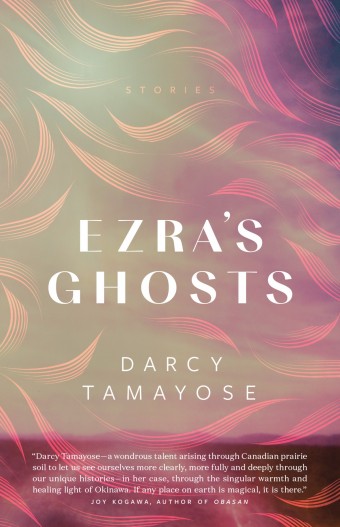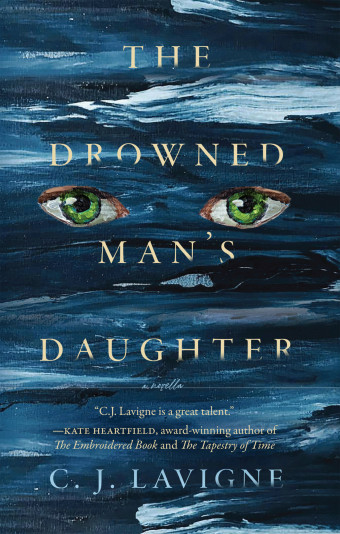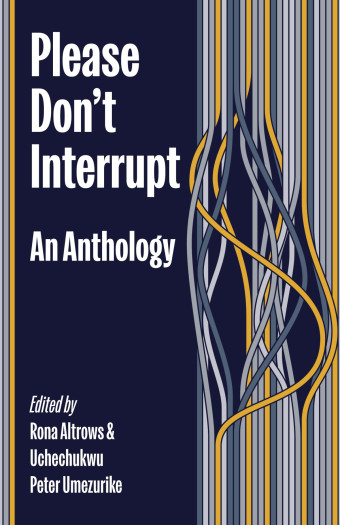Four stories, disparate in style but connected by key points and narratives: This is the basis of Darcy Tamayose’s new book, Ezra’s Ghosts. It’s a collection of two novella-length stories bookended by two shorter ones that weaves its way through some unexpected places to tell an impressively compelling story that shows what loss and grief can do to people.

- Ezra’s Ghosts
- Darcy Tamayose
- NeWest Press
- $20.95 Paperback, 288 pages
- ISBN: 978-17-74390-47-4
At the core of the book is the community of Ezra, a fictional place that feels all too real. That’s especially true for anyone who grew up in Western Canada. Tamayose admits that “being born and raised on the Canadian Prairies and seeing it through this kind of lens has likely influenced aspects of Ezra’s Ghosts.”
That led to the creation of this spot that has played a large role in her life. “Ezra is an imagined place that I have escaped to for the last decade,” says Tamayose.
“It’s situated in agriculture country – surrounded by smaller Prairie towns and hamlets. It’s formed by a blend of labour diaspora who were drawn from different parts of the world to work the coalmines, railroads, and farmland.”
It’s important to remember that this is still a fictional place. “Ezra is an imagined world layered with a quiet kind of horror,” says the Lethbridge-based author.
While the community of Ezra is key, the complex narrative that plays out over four stories is the star of the show. Through the stories set in different times and told in surprisingly different ways, the reader sees Ezra and its residents – who include a student, a murder victim, a depressed multimedia journalist who happens upon a very old Japanese man undergoing a fantastical transformation, and a woman in the future revisiting lost love – from a variety of angles.

Tamayose had a clear reason for this strategy. She explains, “Shaping Ezra’s Ghosts as a collection of stories rather than as one overarching novel gave me more freedom to explore diverse concepts, investigate variable character developments, and work with pace.”
Further to that, the differing structures and narrative voices served another purpose, says Tamayose. “Each of the four stories relate to one another – but can also be read as stand-alones.”
The stories are connected through a variety of threads. “Though seemingly diverse in storyline, different parts of the collection do quietly inform one another – the Ryukyu Islands; arrivals and departures circling Ezra; intersections of graphic design and illustration; the academic journey; and an underlying haunting,” says Tamayose.
Reading Ezra’s Ghosts is a journey. Each story follows its own path, and provides its own reward. But the building narrative takes several steps beyond that as the book experiments with structure and flow, leaving gaps and openings, in a way that makes for a deeply personal reading experience.
Ultimately, Tamayose simply wants to welcome her audience to enjoy the ride. “I hope that readers of Ezra’s Ghosts might find fragments of sentences, passages, or even word groupings that allow them moments of escape (or even bits of surrealistic blur),” she says.
“If you do end up reading Ezra’s Ghosts, thank you for spending the time.”













